By Dr. Rama V. Bennur
History reveals that Mysuru has always encouraged wholeheartedly the new and experimental changes in the field of art. It has pioneered many changes in the music genre. The two recent concerts confirmed this.
Jugalbandhis nowadays are stretching out their vistas. It is not necessarily between two kinds of instruments or styles of music. Mysuru witnessed a jugalbandhi of Veena – a string instrument (Karnatak) and Harmonium (Hindustani) – a wind instrument recently which was an unusual combination.
In the same line, ‘Ganabharathi’ had arranged a music concert by two eminent young artistes of Karnataka who have made it big in many other countries as well. Pattabhirama Pandit, a distinguished singer and Mysuru A. Chandankumar, an established young flautist, both Karnatak classical musicians were the artistes of the day. They both performed on the 15th of June at Veene Seshanna Bhavana for a packed audience.
The combination of human voice and the sound of a wind instrument might sound strange but nevertheless, the experiment did fetch fantastic result. Thanks to Mridanga Vidwan H.S. Sudheendra for thinking of this combination. They were accompanied by Vidushi Charulatha Ramanujam on violin, Vidwan H.S. Sudheendra on mridanga and Vidwan G.S.Ramanujam on ghata respectively.
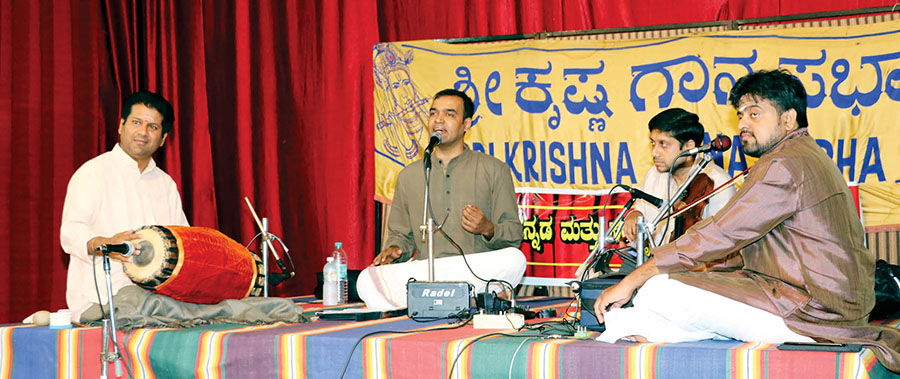
Pattabhirama Pandit (left) and Mysuru A. Chandankumar (flautist) performing at Veene Seshanna Bhavana.
They started off with a Varna ‘Saami ninne’ in Shree Raga in two speeds. Yes, there was a perfect understanding between the duo and one could feel their earnest effort to present their best. The popular ‘Vathapi Ganapathimbhajeham’ (Hamsadhwani) treated the listeners with quite a few additional phrases and the composition was presented with excellent unison. A crisp flow of Kalpana swaras at ‘Karambuja pasha beejapuram’ indeed revealed their perfect blending. Pattabhirama Pandit’s sketch of Raga Chandrajyothi was very soothing. Chandankumar too added to the beauty of this raga with his melodious blowing. Thyagaraja’s ‘Baagaayanayya’ was mellifluous with lively swara kalpana from all the three artistes. The hallmark of that day’s concert was the slow tempo which was peaceful and melodious. It was well designed, revealing in its patterning, aesthetic sensibility, as well as a passionate urge for the creating.
The alapana of Bhairavi before Shyama Shastri’s Swarajathi ‘Kamakshi amba’ was a classical treat. It had a vintage quality. ‘Naada sowkhya’ was upheld in all its glory. Both Pattabhiram and Chandan shared it with Charulatha’s equally scintillating bowing. A neraval at ‘Shama Krishna Sahodari Shivashankari Parameshwari’ was dignified.
The main raga of the day was Purvikalyani. Pattabhirama’s main feature that strike in the elements of music is the well-modulated voice that is applied to delightful effects. His treatment of classical compositions have that individual touch. Perfect balance in the improvisation of the raga and his absorbed singing makes all the difference. Chandan, with his all-pervading deep persuasive tone and perfect blowing captured the audience. His rhythmic improvisations with intricate shifts and movements were the characteristics of his playing. Charulatha’s exposition of the raga revealed the artiste’s prediction for the authentic and time honoured forms than fanciful flights. ‘Parama pavana Rama’, a composition of Poochi Srinivasa Iyengar was filled with bhakthi bhava. The soft and subtle support by Sudheendra and Ramanujam enhanced the musical experience.
Sri Krishna Gana Sabha
Vidwan Manasanayana gave a special classical concert consisting of only Kannada poems at Sri Krishna Gana Sabha (16.6.2018). Sponsored by Dr. C.G. Narasimhan and family, this concert revealed their love for Kannada language and literature. Vidwan B.K. Raghu on violin, Vidwan B.C.Manjunath on mridanga and another attraction of the day was ‘Konnakolu’ (rendering the Rhythmic jathis orally)by Somashekhara Jois.
As against the usual tradition of singing the krithis of Trinity or other composers, the artiste had chosen Kannada poems from modern literature. It was a welcome change. If the poems are good enough to be adopted to classical music, why not? Of course, one needs an open mind to accept the change. But such experiments are required for the growth of any art.
Manasanayana had selected poems that were suitable for singing and tuned them to appropriate ragas too. The poems of well-known poets of Kannada like D.R. Bendre, Kuvempu, Gopalakrishna Adiga, K.S. Narasimhaswamy, Pu.Thi.Narasimhachar and others were sung in a classical format with manodharma Sangeetha. So, it was like ‘Old wine in the new bottle’! satisfying both classical music lovers and Kannada fans.
The opening ‘Hosa haadiyanu hididu nade munde’ was a symbolic herald, in the raga Hamsadhwani. He sang ‘Laghuvagele mana’ and ‘Balliyolodeda kusumadanthe’ of Pu.Thi.Narasimhachar. Kuvempu’s ‘Tanuvu ninnadu’ (Purvikalyani) had a detailed sketch of the raga and a neraval at ‘Neene maya moha shakthi’ with a frill of brilliant Kalpana swaras. ‘Ilidu baa thaye’ (D.R.Bendre) and ‘Haadu haleyadadarenu’ (G.S.Shivarudrappa) were interesting to the ears which were used to listening to them in light music. Another interesting item was Chandrashekhara Kambar’s ‘Kaanthanillada myale’(Kanada)which substituted a javali !
B.K.Raghu was at his best. The wielding of the bow was lively and the tone was wholesome. Manjunath’s perfect strokes gave good rhythmic support. Somashekhara Jois in Konnagolu was a different experience. On the whole, kudos to Mysuru rasikas who welcomed these two experiments.



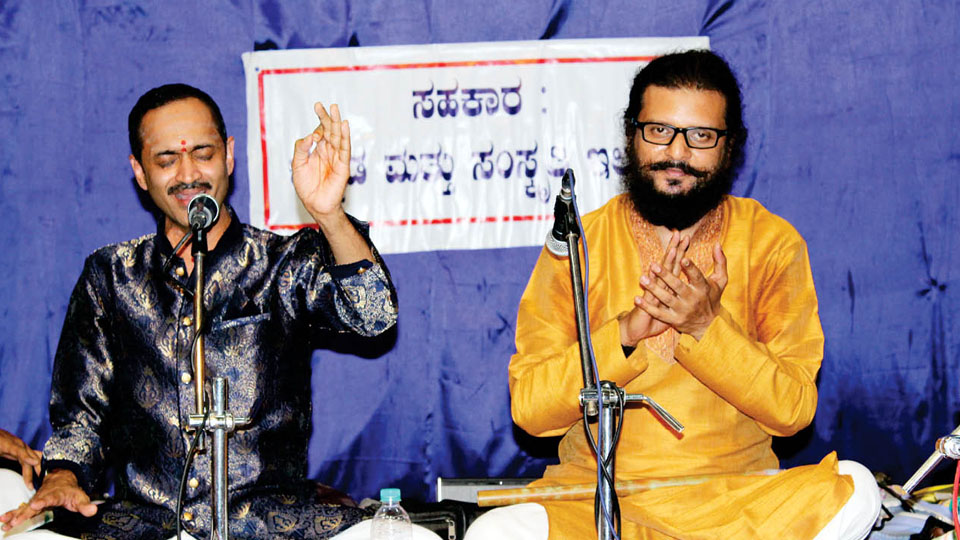
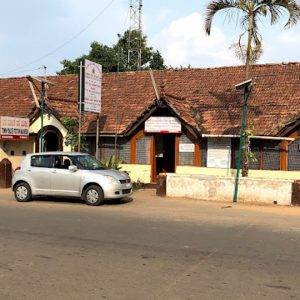
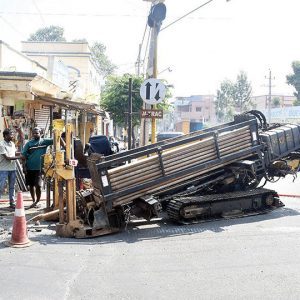
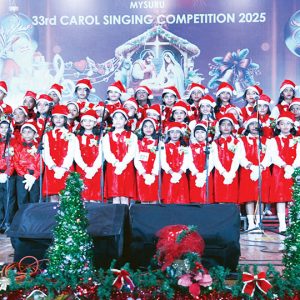
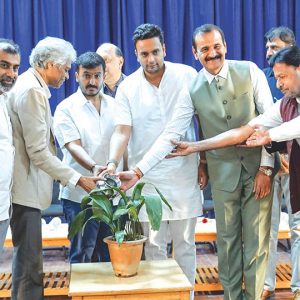
Recent Comments